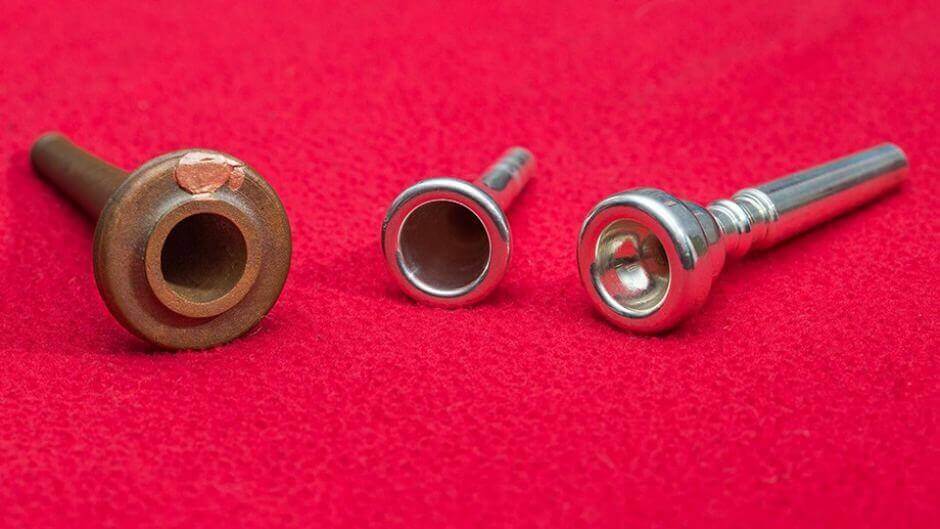After 3D printing a replica of a Bronze Age artefact, an archaeologist proves that an ancient Irish horn was misclassified as a spear butt.

Billy Ó Foghlú is a PhD student studying archaeology at the Australian National University (ANU). After 3D printing a replica of a Bronze Age artefact, long believed to be a spear butt, he uncovered evidence that it was actually a mouthpiece from an ancient Irish horn.
The artefact, known as the Conical Spear Butt of Navan and found in Ireland in the early 1900s, was likely to have been crafted between 100BC and 200AD.
But it’s now believed the spear butt was probably used as the mouthpiece for a horn. The discovery provides fresh insight into ancient Irish culture, originating from the “dark ages” of Celtic music.
Ó Foghlú demonstrates the horn in the video below. He made his discovery after researching the existence of instrument making technology in Bronze Age Ireland. He took the measurements of the spear butt to make a 3D printed replica, and found it produced a velvety timbre when used as a mouthpiece in a replica horn.
In an interview with ABC news, he said:
“I had made this big replica of a horn, over two metres long, and I had mimicked the thickness of the metal … and basically just stuck it in and tried to play. Suddenly the instrument just came to life.”
Reasons why the artefact was misclassified as a spear butt are perhaps because it wouldn’t have been excavated at the same time as horns. “A lot of were found during farming during the 1800s where you don’t have any archaeologists at the time, so they don’t record things quite accurately and their functions are lost,” says Ó Foghlú.
Mouthpiece for ancient Irish horn cast from 3D printed mold

The replica mouthpiece tested by Ó Foghlú was created using a 3D printed mold. The mold was then cast in bronze, mimicking the process how the original would have been made.
Ó Foghlú argues that if mouthpieces were used in horns from Bronze Age Ireland, it demonstrates that the culture was much more focused on music than previously believed.
“These horns were not just hunting horns or noisemakers. They were very carefully constructed and repaired, they were played for hours. Music clearly had a very significant role in the culture,” he said.
The full research has been published in the interdisciplinary journal Emania.
Image credits: Australian National University
License: The text of "3D Printing Brings Ancient Irish Horn to Life" by All3DP is licensed under a Creative Commons Attribution 4.0 International License.